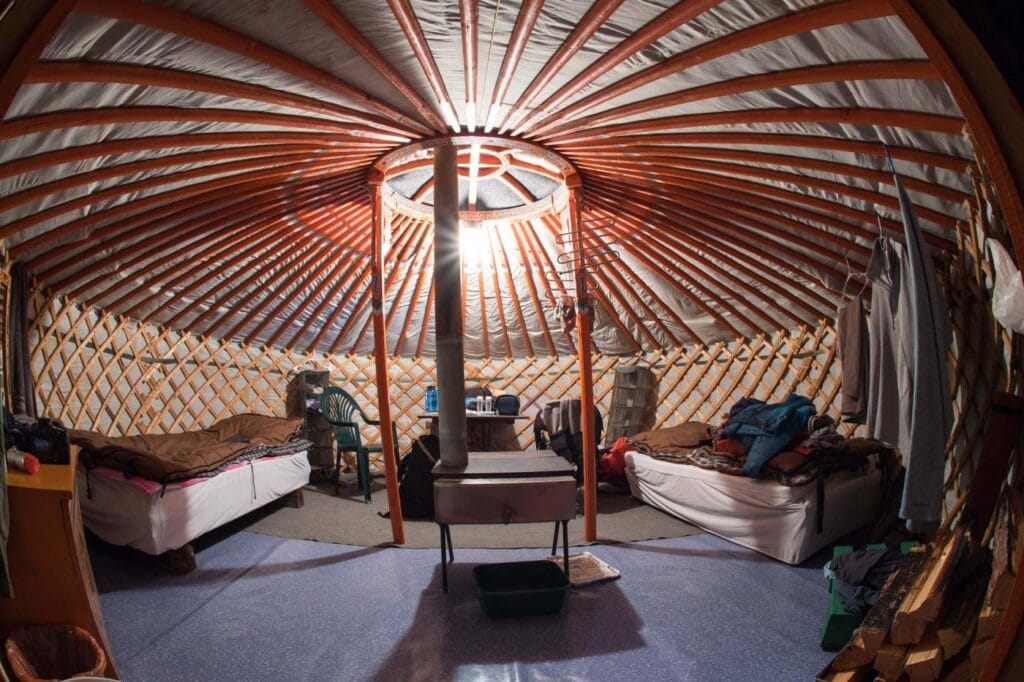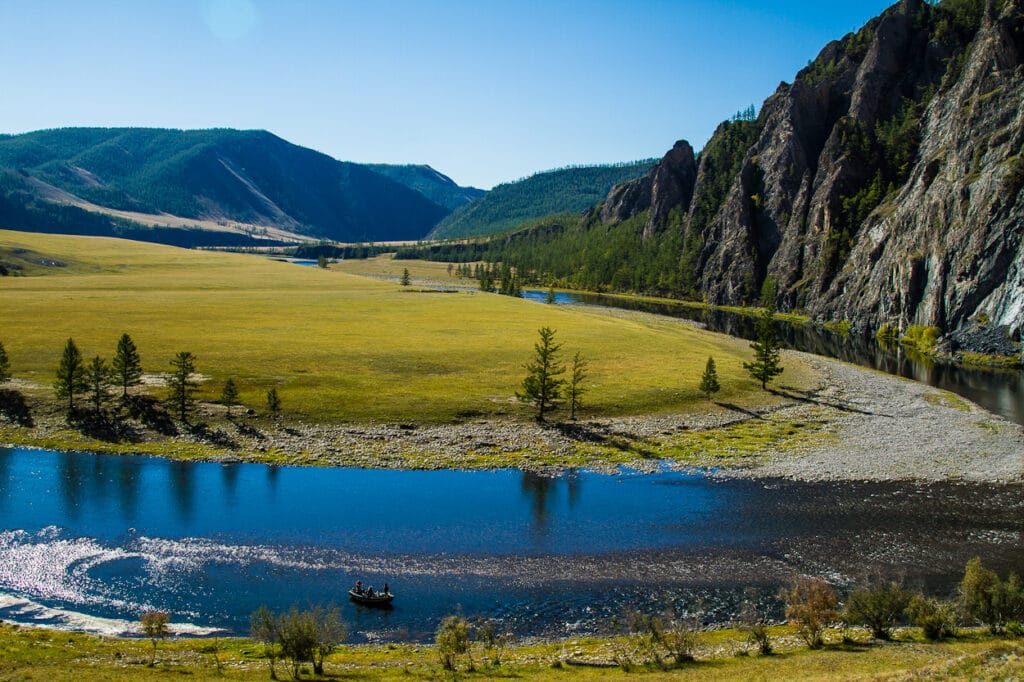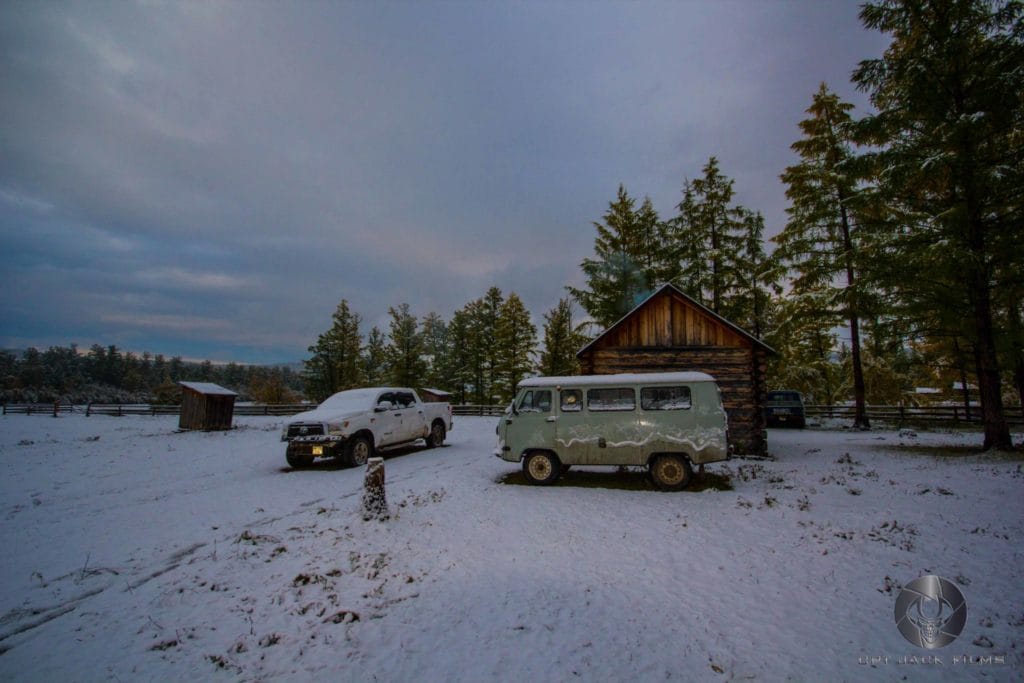Mongolia is not a destination that often springs up on one’s travel lists, but it should. You may not know all that much about the World’s second largest landlocked country apart from a bit about Genghis Khan, the Gobi Desert or the Mongol Derby. It is however a wonderful country, rich in history, surrounded by beautiful and extreme landscapes, friendly people and big fish.
Here are a few answers to some of the questions you may have…
How easy is it to get to Mongolia?
Whilst Ulaanbaatar, the capital of Mongolia, is nearly 7,000 kilometres away from London there are three good flight routes that run most days of the week. The main route is on Air China from London Heathrow via Beijing, it takes between 14-15 hours including transit time. The other routes are British Airways/MIAT via Frankfurt or Turkish Airlines via Istanbul, these also take between 13-15 hours including transit time.
Once in Ulaanbaatar you are met and transferred by excellent ground handling teams that run like clockwork. They are punctual and will make sure you get where you need to be without you worrying about a thing.
Internal travel does vary depending on the trip you undertake but again all of the details have been handled for you so all you need to do is sit back and enjoy Mongolia.
Do I need a visa?
The years 2023-2025 have been termed “Years to Visit Mongolia”, this marks the temporary visa exemption of 34 additional countries, this includes; the UK, much of Europe, Australia and New Zealand. In addition, USA citizens have visa-free travel to Mongolia.
What is the accommodation like?
In Ulaanbaatar there is a range of hotels available, each of the camp operations work directly with different hotels so that the trip runs as smoothly as possible. The hotels offer excellent service, comfortable & clean rooms and great location from which to explore the city.
Once in the camps the accommodation is in traditional Mongolian gers or tipis. Yes the gers are tents but they are also much more than that. They are felt wrapped around a collapsible wooden frame. 9 feet high and 18 feet in diameter. Gers are much larger than standard wall tents, and are equipped with full-length twin single beds, ample room for storing gear, and an area to sit down and relax by a central wood stove. Each ger comfortably accommodates two fishermen. The tipis are more basic and without the comfort of the log burner, but they are perfectly adequate and have plenty of room for two anglers.
The gers are waterproof and offer an excellent refuge in all weather conditions. The central stove can be lit during cold weather and offers fantastic heating for the whole tent and a great tool for drying damp clothes and waders!

What is the food like?
When in the camps the food is prepared by experienced Mongolian kitchen staff, dishes are often a mix of Mongolian and American influences with the freshest possible ingredients. Most dishes are meat based (sheep, beef (or yak) or chicken) with a side of vegetables or salads.
The Mongolians are excellent bakers so breakfasts are often served with a selection of fresh local breads and pastries as well as cereals and cooked meats. All food is prepared with properly filtered water, so there is no need to pack bottled water and most dietary requirements can be catered for.
What is the weather like?
Mongolia on the whole is a very dry country with little rain recorded through the year. The wettest months coincide with the warmest weather during July and August, at this time heavy thunderstorms can effect much of the northern part of the country.

In June, September and October there can still be wet weather (sometimes rain, sleet or even snow) but it is generally much drier. The temperature however is much more varied, highs can vary between 10 to 25 Celsius and lows can be between -5 to 10 Celsius. Layered clothing is strongly recommended but the nice thing is you always know that you will return to a warm dry ger at the end of each day.

Are there any non-fishing activities?
In Ulaanbaatar there is plenty to explore, the city is a mismatch of Russian, Chinese, Western and old communist influences. New modern buildings sit dotted between old rundown shop fronts. Small monasteries and temples can be found in different areas. There are plenty of restaurants and eateries that can be explored too.
Once out of the city and in the camps you are surrounded by exceptionally beautiful mountains, hills, and valleys. You can hike or ride to see the Mongolian outback. Mongolia is one of the few Asian countries that still enjoys robust wildlife populations in some areas, and it is possible to encounter elk, deer, wolves, and a variety of rodents in various shapes and sizes while you are exploring.
We encourage all guests to visit the local villages and families during their trip. Each camp is staffed with a translator who can accompany you to experience a day in the lives of a Mongolian family. It is fascinating to see their daily life, much of which has changed little in thousands of years. There are also significant Buddhist landmarks near the camp that can also be visited.
Mongolia is a great place for both fishers and non-fishers alike. We offer a special non-fisher rates during most weeks.
If you would like to experience Mongolia or more information contact Alex Jardine by email or call our office on +44(0)1980 847389.






